OEAS106N Lab Final Study Guide Flashcards
1/45
Earn XP
Description and Tags
Study flashcards covering tools, calculations, and lab exercises related to ocean and environmental science.
Name | Mastery | Learn | Test | Matching | Spaced |
|---|
No study sessions yet.
46 Terms
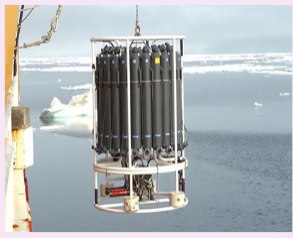
CTD
Conductivity, Temperature, and Depth - a tool used to measure these three important water properties.
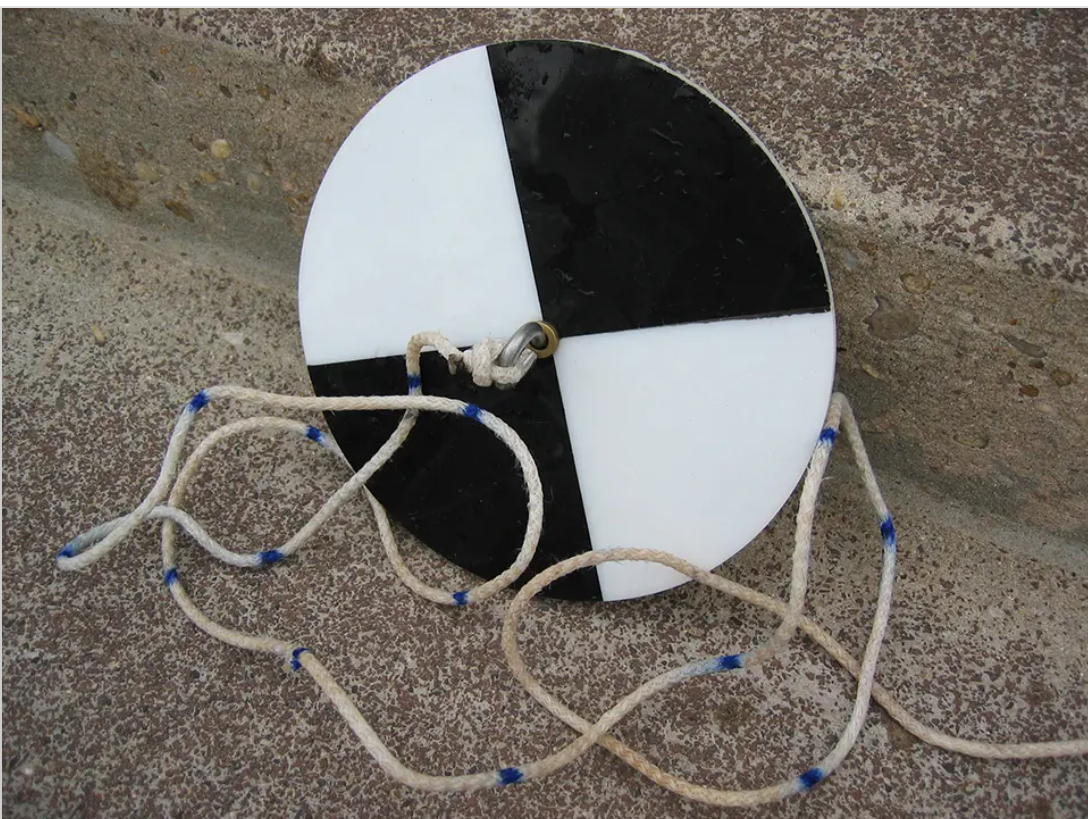
Secchi disk
A tool used to measure the clarity of water by determining how deep it can be seen.
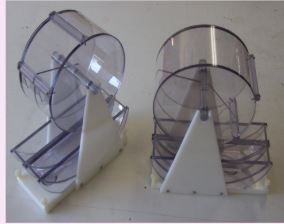
Plankton Splitter
A device used to split plankton samples equally for analysis.
Wave Height
The vertical distance between the crest and the trough of a wave.
Crest
The highest part of a wave.
Trough
The lowest part of a wave.
Longshore transport
The movement of sediments along the coast at an angle to the shoreline.
Destructive Waves
High energy waves that remove material and sand from the beach due to strong backwash.
Constructive Waves
Low energy waves that build up the beach with a weak backwash.
Phytoplankton
Microscopic plants in the ocean that are primary producers, using photosynthesis to convert light into chemical energy.
Zooplankton
Microscopic animals in the ocean that are primary consumers, often unable to swim against currents.
Holoplankton
Plankton that spend their entire lives as plankton.
Meroplankton
Plankton that only spend part of their lives as plankton, usually in larval forms.
Infauna
Organisms that live within the sediment.
Epifauna
Organisms that live on the surface of the sediment.
Macrofauna
Larger benthic organisms greater than 1000 micrometers.
Meiofauna
Smaller benthic organisms less than 100 micrometers.
Rose Bengal
A pink dye used to color organisms for easier visualization in samples.
Refractometer
An instrument used to measure the concentration of solutes in a liquid by using the property of refraction.
Nutrient analysis
The study and breakdown of nutrients in the water, particularly from phytoplankton decay.
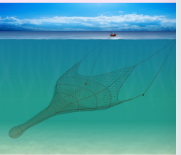
Trawl net
to collect organisms
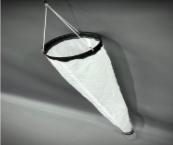
plankton tow
to collect plankton samples
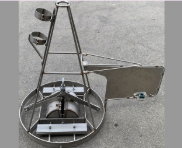
benthic grab
to collect a portion of the ocean floor
Still water level (SWL)
the level that the water would be if there were no waves.
celerity
how fast a wave moves
wavelength/wave period = cm/s
standing wave
vertical transfer of energy
The surface of the water oscillates vertically between
fixed points, called nodes, without progression
progressive waves
lateral transfer of energy
They move from one point to another (waves you see at the beach)
Progress through the water, away from the point of origin
long wavelength =
low energy
short wavelength =
high energy
plunging breakers
beaches with steep slopes. crest curls and breaks quickly
spilling breakers
beaches with low slopes
gently fall over and slowly release energy
surging breakers
looks like its gonna fall like a plunging one but before it can it just moves forward
summer waves=
build up beaches
winter waves =
erode beaches
the 4 nutrients
nitrate
ammonium
phosphate
silica
photosynthesis
mechanism by which phytoplankton convert light energy into chemical energy using sunlight. oxygen is produced
respiration
breakdown of phytoplankton after they die and sink. This releases nutrients back into the water. oxygen is consumed

Copepod
holoplankton, shrimp like,
most abundant
classified by antenna, and or tail
molluscs
shelled organisms, burrowed in seds
clam, oysters , snails
annelids
worm-like orgs
rings
burrowed in sediments
echinoderms
sea urchin- like orgs
starfish, sea cucumber,
deep trenches of ocean
arthropods
major predators organisms
crabs , shrimp, lobster
vast range of habitats
shallow water
d/l <.5
deep water
d/l > .5
dinoflagellates , diatoms
phytoplankton
holo and mero plankton
zooplankton